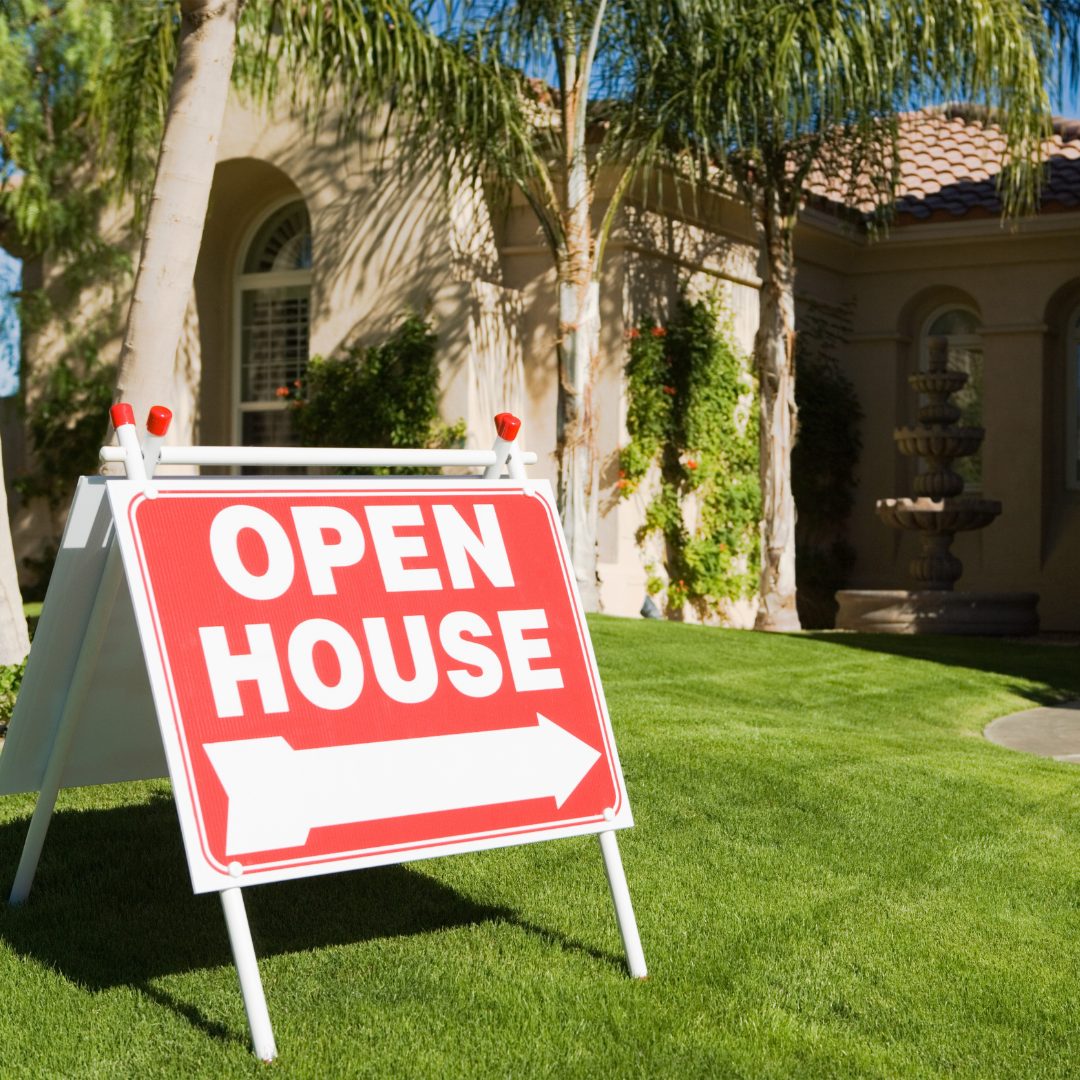If you’re shopping for a home in Southern Nevada, attending open houses is one of the best ways to get a real feel for the Las Vegas market. But walking through a property without a plan can cause you to overlook key details—some that affect comfort, and others that impact your wallet. This guide breaks down exactly what to look for at an open house in Las Vegas, including smart inspection strategies and the must-know questions every buyer should ask.
Whether you’re a first-time buyer or upgrading your lifestyle, these Las Vegas open house tips, combined with a clear house hunting checklist, will help you evaluate homes like a pro.
1. Start With the Neighborhood and Curb Appeal
Before even stepping inside, take a few minutes to look at the surroundings. Las Vegas neighborhoods vary widely in terms of amenities, design style, and age. Consider:
-
Street upkeep — Are neighboring homes well-maintained?
-
Noise levels — Flights, traffic, schools, or weekend activity?
-
Proximity to essentials — Grocery stores, parks, hospitals, freeway access.
-
HOA rules — Many Las Vegas communities are part of HOAs; understand cost + restrictions.
Curb appeal matters too—not just visually, but for maintenance. Check for:
-
Stucco cracks or fading paint
-
Roof conditions (especially tile roofs common in Vegas)
-
Desert landscaping upkeep
2. Observe the Interior Flow and Layout
Las Vegas homes range from modern two-story builds to older single-story ranch-style layouts. Pay attention to whether:
-
The floor plan matches your lifestyle
-
Rooms feel spacious or tight
-
Natural light is strong or limited
-
The kitchen layout supports your cooking/entertaining needs
-
Bedrooms offer enough privacy
Walk the home as if you already live there—that’s the best home viewing guide Vegas buyers can follow.
3. Inspect the HVAC and Energy Efficiency
The desert climate puts unique pressure on cooling systems. At an open house, inspect:
-
Age of the AC unit — Many systems last 12–15 years in Vegas heat.
-
HVAC brand + service history
-
Condition of vents and thermostats
-
Presence of dual-zone systems for multi-story homes
-
Window quality — Double-pane windows are a must for energy efficiency.
Ask the agent about average power bills. Summer utilities can reveal how efficient the home really is.
4. Look for Signs of Water Damage or Plumbing Issues
Even in the desert, water issues happen—often due to older plumbing, irrigation leaks, or roof drainage.
Inspect:
-
Under-sink cabinets for moisture
-
Flooring near bathrooms
-
Stains around ceiling air vents or light fixtures
-
Water pressure at faucets
-
Age of the water heater
Las Vegas hard water can cause accelerated wear on plumbing fixtures, so note their condition.
5. Evaluate the Kitchen and Bathrooms Carefully
These rooms drive the most value—and the highest repair or remodel costs.
Check for:
-
Condition of cabinets and drawer tracks
-
Age of appliances
-
Countertop durability (granite and quartz are common upgrades)
-
Grout condition
-
Ventilation strength in bathrooms
-
Shower water pressure
-
Storage space
If the kitchen or bathrooms feel outdated, factor potential remodel budgets early.
6. Inspect the Backyard With Desert Living in Mind
A Las Vegas backyard can be a major selling point. Look for:
-
Pool condition (if applicable): surface, equipment age, pump noise
-
Quality of artificial turf or desert landscaping
-
Patio shade structures
-
Outdoor kitchen or fire pit upkeep
-
Irrigation system condition
-
Wall and fencing stability
Ask about utility costs related to pool heating, water features, or landscape watering.
7. Study the Windows, Doors, and Noise Levels
The desert sun and shifting soil can cause wear over time.
Check:
-
Window seals
-
Sliding door tracks
-
Exterior door alignment
-
Indoor noise levels from AC units, traffic, or neighbors
These details often go unnoticed but matter significantly in long-term comfort.
8. Look at Storage, Closets, and Garage Space
Storage is a major value factor in Vegas communities.
Inspect:
-
Pantry size
-
Bedroom closet depth
-
Laundry room layout
-
Garage condition, cabinets, and attic access
-
Whether the garage is cooled (a bonus feature in the heat)
9. Ask the Right Questions
Here’s a quick list to ask the host agent:
-
Why is the seller moving?
-
How old is the HVAC? Water heater? Roof?
-
Any recent repairs or insurance claims?
-
Average monthly utilities?
-
HOA fees and restrictions?
-
Are there rental restrictions (important for investors)?
10. Take Notes and Compare Homes Objectively
After multiple open houses, details blend together. Use a simple house hunting checklist:
-
Condition
-
Layout
-
Natural light
-
Major systems (HVAC, roof, plumbing)
-
Neighborhood
-
HOA
-
Potential repair costs
-
Lifestyle match
Your future self will thank you.
Ready to Tour Homes With a Strategy?
Open houses are a great starting point, but having a professional eye on your side helps you catch what others miss. If you want a guided home tour built around your budget, lifestyle, and long-term goals, I can help.


 Facebook
Facebook
 X
X
 Pinterest
Pinterest
 Copy Link
Copy Link


